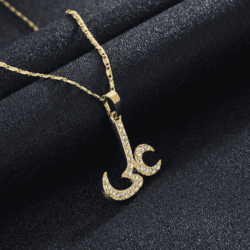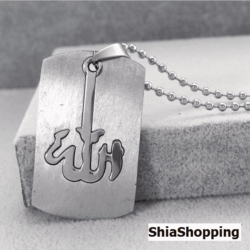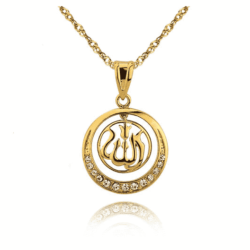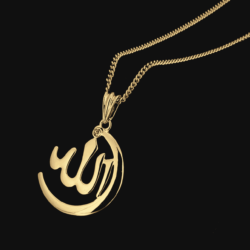Introduction to the Sunnah
In Islam, the Sunnah refers to the teachings, actions, and approvals of Prophet Muhammad (peace be upon him). It serves as a comprehensive guide for Muslims to follow in their daily lives, encompassing various aspects of worship, behavior, and interpersonal relations. Among the Sunnah practices is the act of praying on a Turbah, a tradition established by the Prophet himself.
Historical Context
During the lifetime of Prophet Muhammad (PBUH), prayer was performed directly on the ground or on simple mats made of palm leaves or fabric. However, as Islam spread to different regions and climates, the need for a clean and portable surface for prayer arose. It was during this time that the use of Turbah, small pieces of clay or soil, became prevalent.
Prophetic Tradition
The practice of praying on a Turbah was not only established by Prophet Muhammad (PBUH) but also encouraged and emphasized by him. Numerous Hadiths (sayings and actions of the Prophet) attest to this Sunnah. One such Hadith narrates that the Prophet said, “I have been given five things which were not given to any amongst the Prophets before me. These are following:
(1) Allah made me victorious by awe (by His frightening my enemies) for a distance of one month’s journey. (2) The earth has been made for me (and for my followers) a place for praying and a thing to perform Tayammum, therefore anyone of my followers can pray wherever the time of a prayer is due. (3) The booty has been made Halal (lawful) for me yet it was not lawful for anyone else before me. (4) Every Prophet used to be sent to his nation only but I have been sent to all mankind” (Sahih al-Bukhari).
Symbolism and Spiritual Significance
Praying on a Turbah holds deep symbolic meaning in Islam. It signifies humility, as believers bow their heads in submission to Allah. The Turbah, sourced from the earth, represents purity and simplicity, reminding worshippers of their humble origins and ultimate return to dust. By following the Prophet’s example of praying on a Turbah, Muslims uphold a tradition that fosters a profound connection to the earth and a sense of reverence for the Creator.
Continuation of Tradition
Throughout Islamic history, the practice of praying on Turbah has endured as a cherished Sunnah. From the early companions of the Prophet the tradition has been faithfully preserved and passed down through generations. By continuing this Sunnah, believers honor the legacy of Prophet Muhammad (PBUH) .
Praying on a Turbah is not merely a ritualistic act but a Sunnah established by Prophet Muhammad (PBUH) himself. It serves as a tangible connection to the Prophet’s teachings and a symbol of humility, purity, and reverence in Islamic prayer. By adhering to this tradition, Muslims uphold the Sunnah and draw closer to the example set by the Messenger of Allah.
For bulk orders and discounts for wholesale, please contact us.








